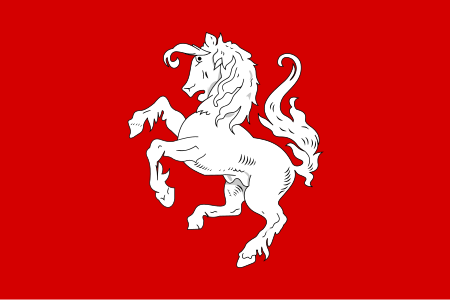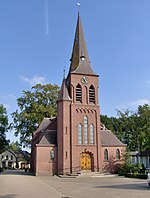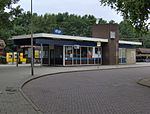Twente

Twente (Dutch: Twente [ˈtʋɛntə], Tweants dialect: Tweante) is a region in the eastern Netherlands. It encompasses the most urbanised and easternmost part of the province of Overijssel. Twente is most likely named after the Tuihanti or Tvihanti, a Germanic tribe that settled in the area and was mentioned by the Roman historian Tacitus. The region's borders are defined by the Overijssel region of Salland in the northwest and west (the river Regge roughly defines the western border), the German County of Bentheim in the northeast and east (the river Dinkel roughly defines the eastern border) and the Gelderland region of the Achterhoek in the south. Twente has approximately 620,000 inhabitants, most of whom live in its three largest cities: Almelo, Hengelo and Enschede, the latter being the main city of the region. It comprises fourteen municipalities: Almelo, Borne, Dinkelland, Enschede, Haaksbergen, Hellendoorn, Hengelo, Hof van Twente, Losser, Oldenzaal, Rijssen-Holten, Tubbergen, Twenterand and Wierden. The whole of Hellendoorn and the western parts of both Rijssen-Holten and Twenterand historically belong to the cultural region of Salland, but to the city region of Twente.
Excerpt from the Wikipedia article Twente (License: CC BY-SA 3.0, Authors, Images).Twente
Hertmerweg, Dinkelland
Geographical coordinates (GPS) Address Nearby Places Show on map
Geographical coordinates (GPS)
| Latitude | Longitude |
|---|---|
| N 52.321666666667 ° | E 6.7702777777778 ° |
Address
Hertmerweg 5
7597 NP Dinkelland
Overijssel, Netherlands
Open on Google Maps









